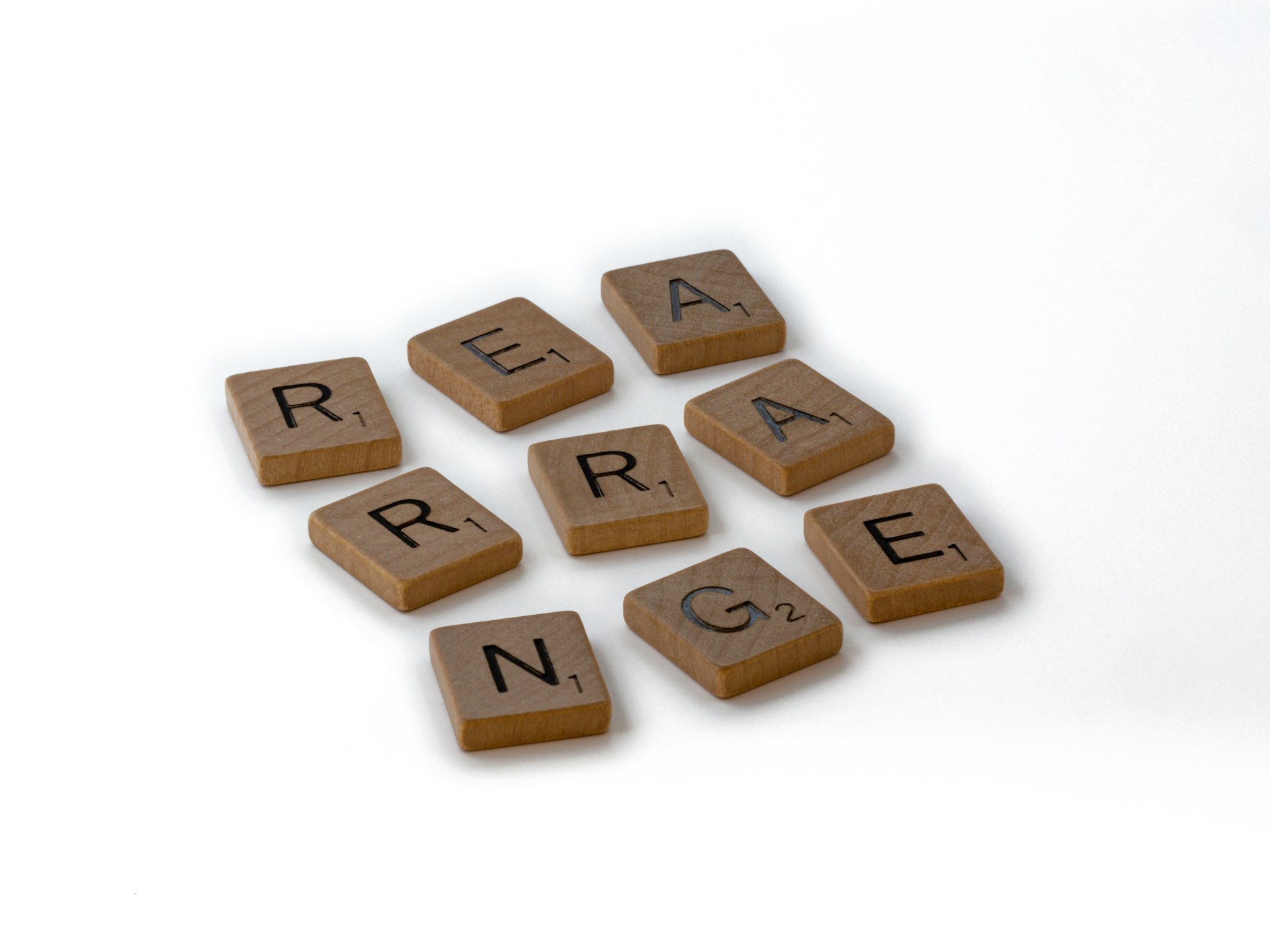
For any business owner, deciding where to invest your precious ad dollars is the most critical strategic choice you’ll make in the digital marketing agency landscape. You know you need to be seen, but the eternal showdown between Google Ads and Social Media Ads (like Facebook ads) often leaves entrepreneurs wrestling with uncertainty. Both platforms are immense powerhouses, but they operate on fundamentally different principles and connect with your audience in entirely different mindsets.
At The Social Rook, a leading paid media agency right here in the Charlotte metropolitan area, we understand that maximizing your ROI requires a nuanced, intelligent approach. It’s not about choosing a winner; it’s about understanding which platform is the right tool for the job, and when to use both in harmony. This comprehensive guide will dissect the pros, cons, and best practices for both Google Ads and Social Media Ads, empowering you to make data-driven decisions that propel your business growth.
The Core Distinction: Intent vs. Discovery
The fundamental difference between these two giants lies in the user’s state of mind when they encounter your advertisement. This distinction is the strategic key to allocating your budget effectively.
🎯 Google Ads: Capturing Active Intent
Google Ads—which encompasses paid search marketing—is based on user intent. When a user types a query into Google, they are actively looking for a solution, a product, or a service. They are in the market now.
- Mindset: “I need a plumber near me.” / “What is the best CRM software?” / “Web design Charlotte NC.”
- Action: Searching for a solution.
💡 Social Media Ads: Driving Passive Discovery
Social Media Ads (Meta Ads, TikTok, LinkedIn) are based on discovery. Users are primarily on these platforms to connect, be entertained, or consume content. Your ad interrupts their scroll, relying on highly specific targeting based on their interests, demographics, and behavior to be relevant.
- Mindset: “I’m scrolling through Reels.” / “I wonder what my friends are doing.”
- Action: Consuming content, open to discovery.
Google Ads: The Power of Paid Search Marketing
Google Ads is the world’s largest paid search marketing platform, primarily known for placing your ads directly on the search results page.
Pros of Google Ads
- High Conversion Rates: Because you are capturing active intent, users clicking your search ads are often further along the buying journey, leading to higher conversion rates than any other channel.
- Immediate Demand Capture: If your product or service is something people actively search for (e.g., emergency services, specific software, local trades), Google is essential for immediate lead generation.
- Unparalleled Retargeting (RLSA): Remarketing Lists for Search Ads (RLSA) allows you to bid higher or show specific ads to people who have visited your site when they search again on Google. This is a highly efficient way to close a sale.
- Diverse Formats: Beyond Search, Google offers Google Ads Shopping (essential for e-commerce), the Display Network, and YouTube (Video Ads).
Cons of Google Ads
- High Cost-Per-Click (CPC): Keywords with high purchase intent (like those in finance or legal services) are extremely competitive, leading to high CPCs that can quickly drain a budget.
- Limited Demand Generation: If your product is new or highly innovative (something people don’t know to search for yet), Google can’t help you build initial awareness or demand.
- Less Visual Storytelling: Standard text ads, while effective, offer little opportunity for creative marketing or visual brand building compared to platforms like Instagram.
Best Practices for Google Ads
- Master Negative Keywords: This is crucial for budget protection. Use the Search Terms Report to identify and exclude irrelevant search queries (e.g., adding “free” or “cheap” if you sell luxury goods).
- Optimize Quality Score: Google rewards relevance. High Quality Scores (based on ad relevance, CTR, and landing page experience) lead to lower costs and better ad positioning. Ensure your ads and landing pages are perfectly aligned with your keywords.
- Local Intent Focus: For local businesses in the Charlotte, NC area, aggressively target localized keywords (e.g., “Web design firm Charlotte,” “Branding agency Huntersville”) and utilize Location Extensions.
Social Media Ads: The Engine of Discovery and Relationship
Platforms like Meta Ads (Facebook and Instagram) provide the ultimate tool for generating demand, building community, and nurturing leads through immersive creative marketing.
Pros of Social Media Ads
- Granular Audience Targeting: Social platforms offer unparalleled ability to target based on demographics, interests, behaviors, relationship status, and job titles. This allows for incredibly niche and efficient audience building.
- Visual Storytelling: Ideal for any brand where aesthetics matter. Facebook ads and Instagram allow for compelling design services creative, video, and immersive formats that build a strong brand personality—a core function of a branding agency.
- Demand Generation: The best platform for introducing a new product or service that consumers haven’t yet thought to search for. You create awareness and desire.
- Lower Initial Cost: Often provides a lower Cost Per Impression (CPM) or CPC, allowing smaller budgets to achieve significant reach and build brand visibility.
- Engagement and Community: Facilitates direct customer interaction through comments and messages, supporting strong social media management strategies.
Cons of Social Media Ads
- Lower Immediate Intent: Users are typically distracted and not in a buying mindset, which often leads to lower conversion rates compared to Google Search.
- Ad Fatigue: Audiences are finite, and running the same ads repeatedly can lead to ad blindness and higher CPMs. Constant creative marketing testing is necessary.
- Algorithm Dependence: Your campaign performance is highly reliant on the platform’s ever-changing algorithms.
Best Practices for Social Media Ads
- Invest in Creative: Focus on thumb-stopping visuals and video (especially vertical video). The creative must grab attention within the first two seconds, as users are scrolling fast.
- Master Retargeting: Use the Meta Pixel to build custom audiences (website visitors, video viewers, cart abandoners). This is the most profitable function of Facebook ads.
- Test Audiences Relentlessly: Continuously test new lookalike audiences and interest-based segments. What works today may stop working tomorrow. A/B testing is mandatory.
- Align with Your Web Design: Ensure your ad creative and copy seamlessly match the web design and messaging of the dedicated landing page to maintain consistency and trust.
The Ultimate Strategy: Synergy for Maximum Growth
For most ambitious businesses in the Charlotte metropolitan area, the most powerful strategy is not a choice between the two platforms, but a strategic integration—an omnichannel approach where each system supports the other.
| Funnel Stage | Recommended Platform | Primary Goal |
| Top-of-Funnel (Awareness) | Social Media Ads (Facebook/Instagram/TikTok) | Introduce brand, create desire, and build a warm audience. |
| Middle-of-Funnel (Interest/Consideration) | Programmatic Display, YouTube Ads, Content Marketing | Nurture warm leads, educate, and provide social proof. |
| Bottom-of-Funnel (Conversion) | Google Ads (Search & Shopping), Retargeting Ads | Capture high purchase intent, close the sale, and maximize ROI. |
Synergistic Tactics
- Google-Informed Social: Use data from high-converting Google Ads search terms to inform the interests you target in your Facebook ads. For instance, if people searching “Web design Charlotte” are converting well, target a lookalike audience of your website visitors who have shown an affinity for digital marketing content.
- Social-to-Search Funnel: Run creative marketing video campaigns on Instagram to introduce your brand. Users who watch the video are then more likely to search for your brand name later, where your branded paid search marketing ads capture the conversion.
- Retargeting Crossover: Retarget visitors who clicked your Google Ads with engaging visual Facebook ads. This combines the user’s high intent (from Google) with the low-cost visual reinforcement (from Facebook).
The Local Charlotte Competitive Edge
As a business operating in the competitive Charlotte, NC, market, you need both precision and visibility. We use:
- Google Ads to dominate searches for local high-intent keywords like “Branding agency Charlotte” and “Design services near me.”
- Social Media Ads to build our brand authority among business leaders in key sectors like financial services and tech, leveraging highly targeted LinkedIn and Facebook campaigns.
By strategically blending these platforms, The Social Rook ensures your brand achieves total market coverage, capturing customers from their moment of initial discovery all the way through to final purchase.
Partnering with The Social Rook: Your Digital Domination Blueprint
Navigating the complexities of Google Ads bidding, Facebook ads creative, SEO marketing, and conversion optimization across multiple channels is a full-time job. For ambitious business owners, trying to manage this internally often leads to fragmented efforts and wasted budget.
At The Social Rook, we are your integrated digital marketing agency and paid media agency solution. We build custom strategies that leverage the unique strengths of both search and social, ensuring your creative marketing is aligned with your web design and driving profitable growth.
Ready to stop guessing and start dominating the competitive Charlotte metropolitan area? Partner with The Social Rook and let us craft a unified strategy that turns your ad budget into your most powerful investment.


